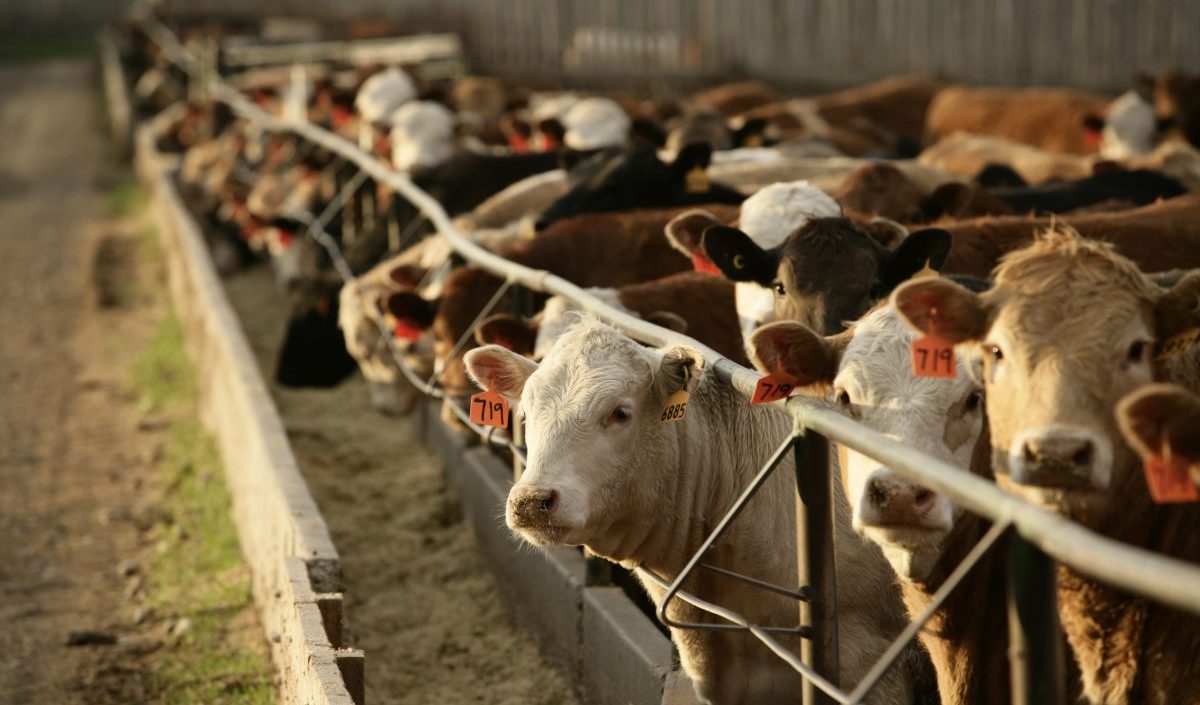AB Direct - Steers
Rail: ---
AB Direct - Heifers
Rail: ---
US Trade- Steers
Rail: ---
US Trade - Heifers
Rail: ---
Canadian Dollar
0.15

Making silage in a dry year
ABP is excited to feature the writings of Barry Yaremcio, ruminant nutritionist and production management consultant. Barry is a trusted voice in cattle nutrition and forage production, operating Yaremcio Ag Consulting Ltd. This article was originally published on his BYOB Blog, which can be found on his website.
Plants grown under dry conditions have a different growth cycle compared to those plants grown when there is adequate moisture. The plants mature more rapidly, are shorter, and have smaller leaves. The objective is to produce seed to ensure the longevity of the stand.
The height of the crop is determined early in the growing season. It will not change with time. Quality wise, the increased head and leaf to stem ratio generally results in a higher protein and energy content in the silage.
Determining when to cut the crop is more difficult. In a barley crop, the usual recommendation in a year with adequate moisture, is to cut at the late dough stage. The crop contains 70 per cent moisture (or more) at this stage of maturity. However, in a dry year, moisture can be as low as 50 per cent at the same stage of maturity. Monitoring moisture content is more important than stage of development. If the plant material is dry, no wilting time is needed between cutting and chopping. Chop to a shorter length. Pack the material longer because is drier material is spongy and is more difficult to pack to remove the air from the pile or pit.
Cut the crop to leave four inches of stubble. The bottom four inches of the plant is the lowest quality. It also contains the highest nitrate concentration. Cutting too low can result in dirt being thrown into the windrow which contributes to the formation of white mould. Watch the height of the pickup on the chopper as well, so it is not kicking dirt into the swath.
Using an inoculant to speed up fermentation is a good management practice especially when conditions are less than optimum. Dry matter and sugar losses are reduced because of improved fermentation.
When filling the pit or building a pile, have a 20 L pail (with lid) at the unloading site. Take a small hand sample from every third or fourth load. At the end of the day, mix the material and fill a bread bag half full. Squeeze out the air, seal, and freeze the sample. Submit the sample for analysis. This will provide a representative sample which should be accurate if the packing, sealing, and fermentation proceeds as normal.
For additional information on when to cut annual crops for silage, contact Barry at 403-741-6032 or bjyaremcio@gmail.com.


